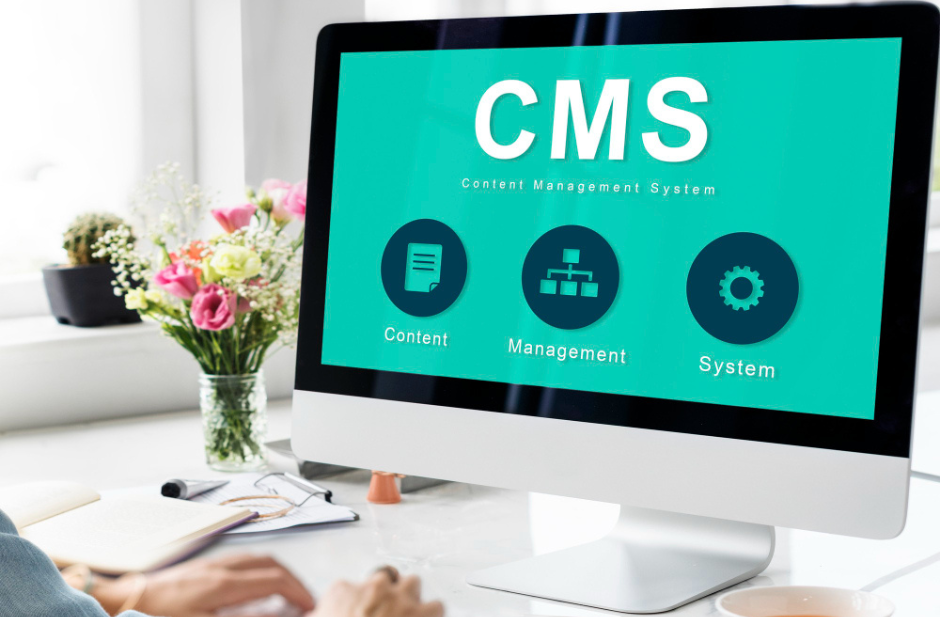In a world where quality reigns supreme, brands must do more than simply create quality content assets; they must utilize them.
When audiences interact with content, be it during the awareness, consideration, or decision stage, standardized shortcuts fail to entice increasingly expansive target audiences.
Instead, success stems from the creativity of marketing teams who can use existing content in new ways to satisfy audience demands.
Global brands should also ensure that their content is compliant with the regional legal landscape.
Generalized content often leads to censorship and other legal issues. Thus, the global brands need to ensure that they do not get into legal trouble while creating content for different regions.
This is where a headless CMS comes in.
With a headless CMS, marketers can not only render content for reuse as modular pieces, but APIs for omnichannel distribution mean that content can be repurposed efficiently, relevantly, and at scale.
Content Repurposing As An Extension Of The Buyer’s Journey
Buyers go through three stages in the journey of decision-making. The three stages are awareness, consideration, and decision, and each requires specific messaging, tone, and delivery.
Prospects unaware of your brand need educational content in the first stage to acknowledge their challenges and potential solutions.
So the aware consumer then shifts to the stage of considering purchase. Thus, the potential buyer needs comparative pieces, case studies, and expert testimony.
Finally comes the decision stage. The users, therefore, need proof points, testimonials, and product demonstrations that will enable conversion.
To repurpose content across these stages is to reshape and remodel a similar sentiment to fulfill changing intentions.
The Storyblok developer ecosystem supports this process by providing tools, integrations, and workflows that make it easier to adapt and deploy content at scale.
A headless CMS facilitates such transformation and ensures the right person gets it at the right time and place because it keeps all content assets in one place with the ability to distribute across channels and contexts. This is how Headless CMS supports content repurposing.
The Ability to Structure Content to Make it More Reusable
Brands can create a modularized approach to content with a headless CMS that breaks content down into asset components, headlines, product descriptions, CTAs, testimonials, and media assets.
Each one is equipped with metadata tagging for discovery topic designation, funnel stage, audience type, and performance tags, providing easy access to content blocks that can be repurposed.
For example, what was a long-form blog post awareness piece can be broken down for social media amplification. The marketers use the same content as an infographic during consideration. Thus, the marketers rewrite the same content as a customer story in the decision stage.
With everything discoverable from one asset library, marketers no longer have to reinvent the wheel for every stage. Therefore, marketers remix what already exists.
Different Platforms for Different Phases of the Buyer’s Journey
Additionally, different phases of the buyer’s journey often happen in different channels.
Someone might find your blog post on social media. However, people can get a product comparison via email. Then buyers can find your pricing page in the decision stage via search.
A headless CMS facilitates these cross-channel opportunities with ease. The system distributes structured content to any front-end from websites and applications to emails, chatbots, and display advertising via APIs.
Because the content is channel-agnostic and centralized, it can automatically reformat while keeping consistency across experiences. Therefore, content can be reused in all the right places.
Empower Headless for Agile Content Workflows
Outdated systems create bottlenecks and stifled capabilities. However, a headless CMS provides agility and speed.
Thus, agile content workflows foster real-time repurposing and publishing capabilities.
When marketers notice a campaign performing well and seasonal efforts or shifts in user behavior arise, they can quickly transform previously published content to meet other needs.
For example:
Marketers often repurpose a webinar as a nurture email drip campaign or turn it into a downloadable eBook.
Moreover, factors like version control and approval workflows allow for easy modular edits.
Thus, version control and approval workflows enable content to be adjusted without disturbing the current publishing environment.
This allows marketing teams to embrace scalability via personalization and find new paths to meet changing buyer demands without unnecessary delays or excessive costs in republishing.
How Headless CMS Supports Content Repurposing For Legal Compliance
Regions are different culturally and hence legally as well. The legal landscape of a country or a specific culture is nothing but a reflection of the cultural needs of that particular country.
Hence, the marketers should shape the content made for the local populace of that particular region accordingly.
Content often ends up hurting the religious, cultural, and ethnic sentiments and values of a particular population. Content marketing strategy should incorporate the needs and requirements of that culture.
For example, in certain countries, the consumption of a certain kind of meat may hurt the religious sentiments of some people. Thus, if the content promotes the consumption of that particular meat, then there can be legal issues.
Many countries have different types of laws related to the portrayal of their national flag. For example, people often see people wearing clothes, shoes, hats, and other wearables with the flags of different countries.
However, in some countries, the depiction of the flag in fashion accessories leads to chaos and legal issues.
Often, the portrayal of the army uniform in a certain way can also lead to legal conflicts. Therefore, CMS legal compliance in accordance with the regional legalities is important.
Keep Content Strategy in Line with Funnel Goals
The most effective content strategies align with every relevant goal of the buyer’s journey: awareness, consideration, and conversion.
Therefore, using a headless CMS allows marketers to access distinct content assets and align them with their expected goal to ensure everything is always in the right place. For example, marketers can tag everything from internal research to blogs to supporting personas to their funnel level.
They can filter by content type (i.e., video, blogs, infographics), to persona, and performance.
Thus, anything created is essentially part of a searchable resource library ready for reactivation for any future content need. Moreover, overuse gaps and consistency checks become visible, leading to great research efforts for future content creation as well.
Ultimately, this fosters better planning and implementation down the road.
Read More:
















